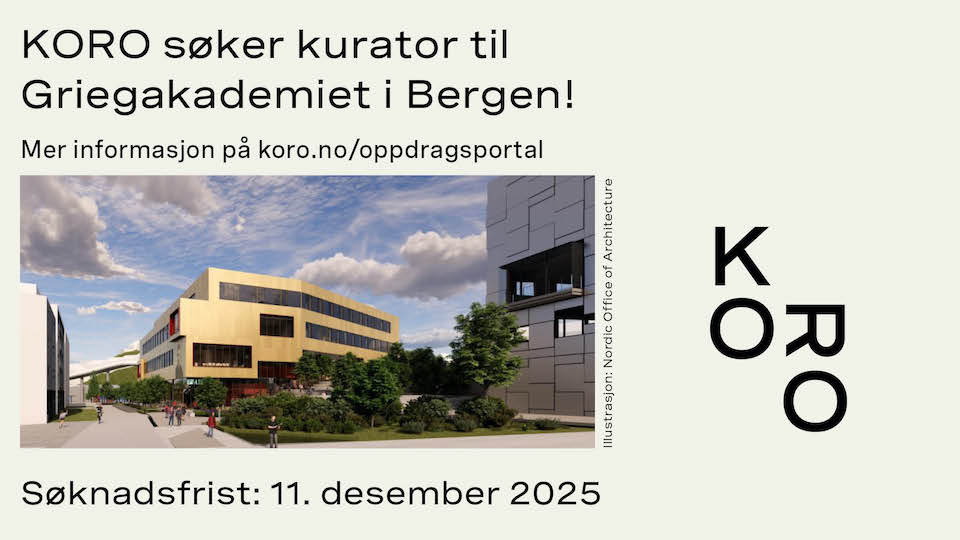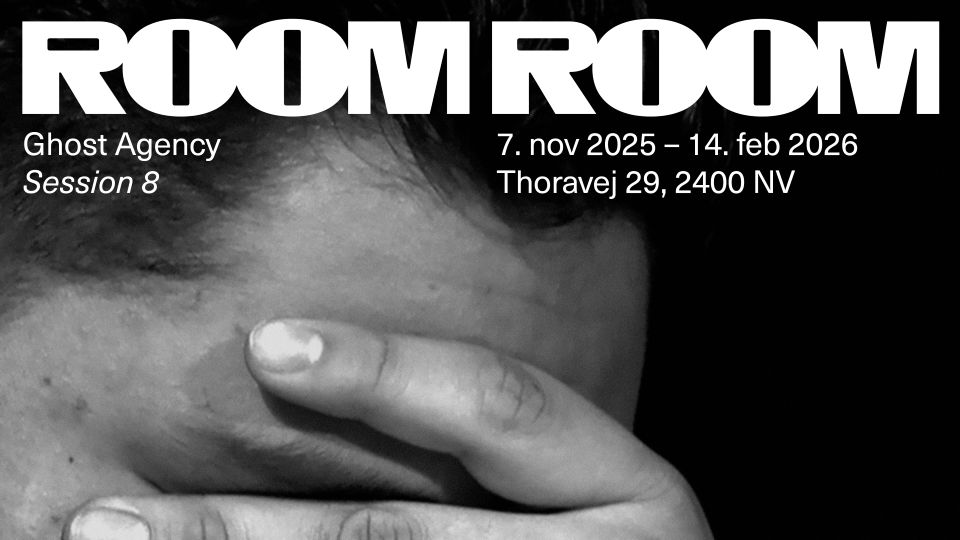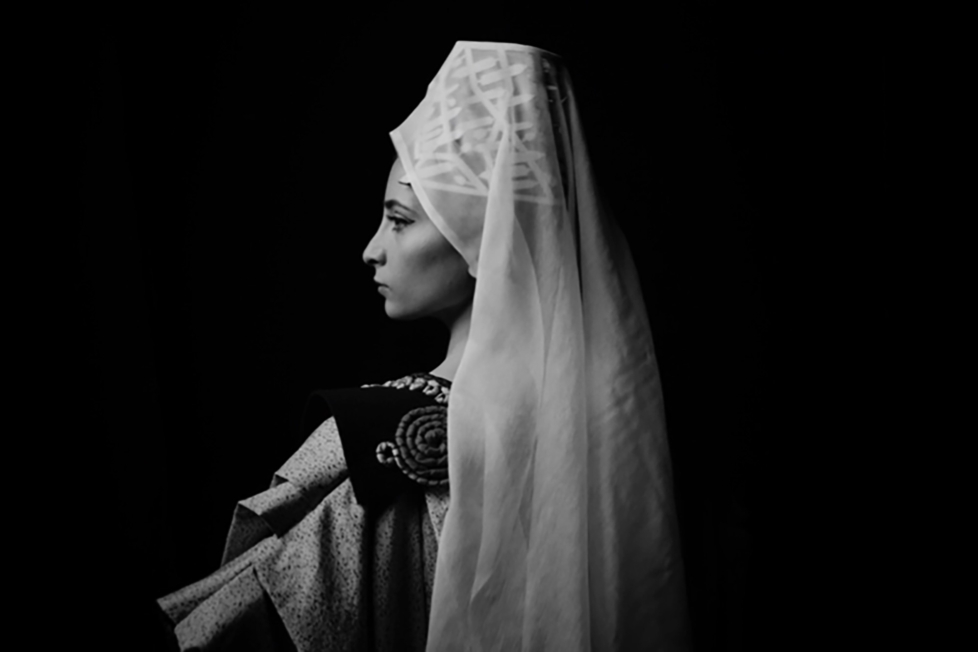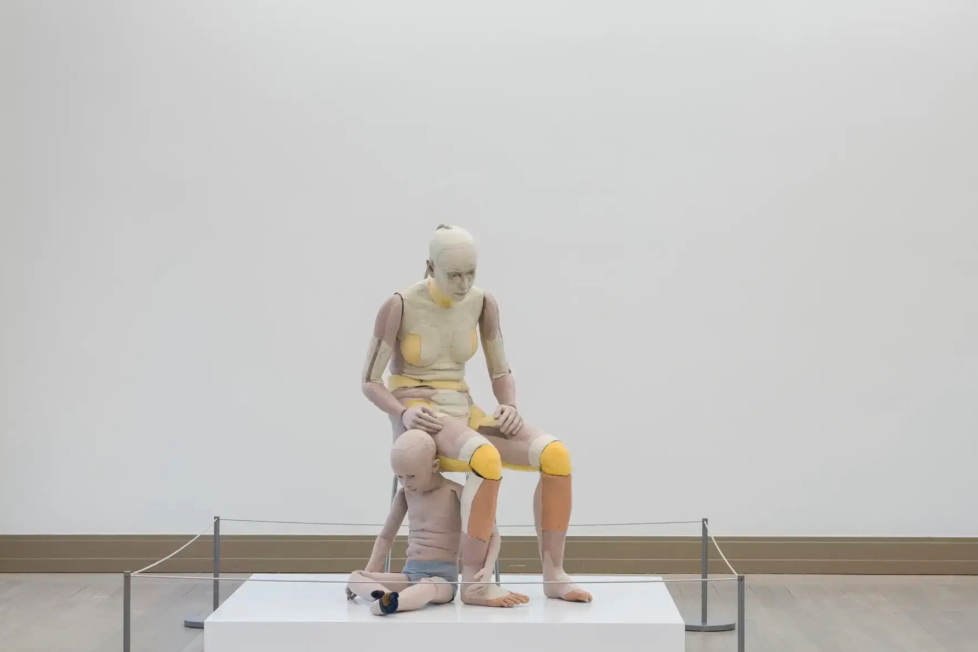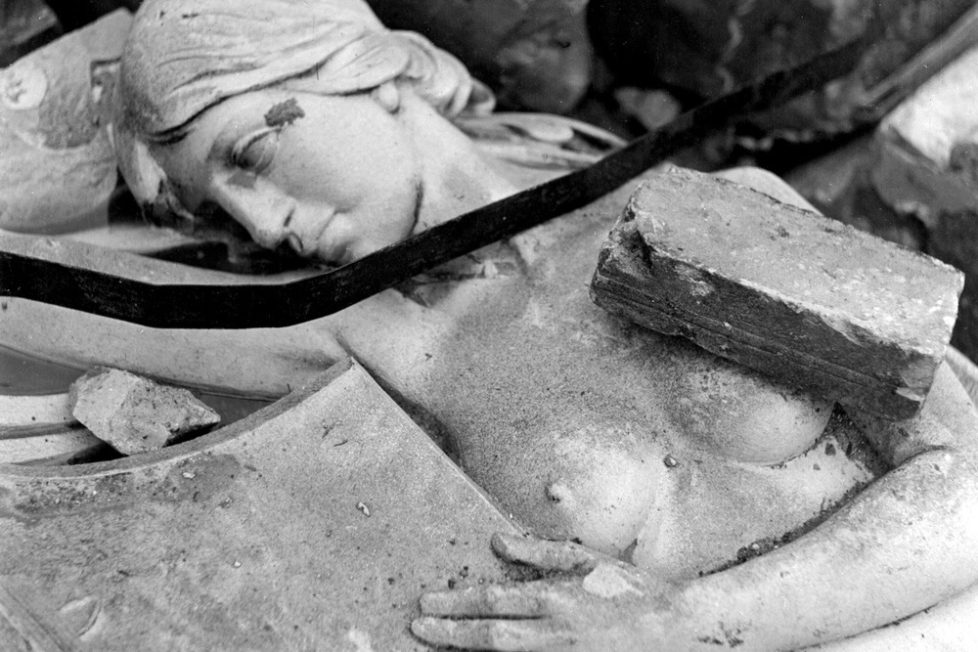
Surrealism is in the air. The main exhibition at this year’s Venice Biennale, The Milk of Dreams, takes its title from a book by the Surrealist British author and painter Leonora Carrington. A collaboration between the Peggy Guggenheim Collection in Venice and the Museum Barberini in Potsdam, Surrealism and Magic: Enchanted Modernity specifically addresses the movement’s relationship to the occult. In London, Tate Modern currently houses the comprehensive exhibition Surrealism Beyond Borders, dedicated to Surrealism as a transcultural movement that ran through most of the last century. At the Munch Museum in Oslo, visitors can view the exhibition The Savage Eye, featuring a procession of well-known exponents of European Surrealism and its forerunner, Symbolism (a movement to which parts of Munch’s oeuvre is attributed).
The return of Surrealism in art’s institutions follows a renewed interest in the tenets of Surrealism as a practice. Until recently, Surrealism was shrouded in a faintly embarrassing esotericism. On the Scandinavian art scene, the movement’s influence can now be traced in everything from introverted and enigmatic Odilon Redon-inspired painting to an interest in Alfred Jarry’s pataphysics and, more generally, in attention paid to the holistic integration of art and life found in Indigenous cultures. Perhaps to ingratiate itself to those who still feel a remnant of (post-conceptual) scepticism towards the pathos of Surrealism, The Savage Eye opens with Duchamp’s Anemic Cinema (1926). This drily witty experimental film in which pulsating spirals alternate with rotating fragments of text in French that phonetically hints at sexual activity may not be typical of Surrealism. But the synthesis of libidinal and mechanical forces is a central Surrealist motif – overtly so in the cyborg hybrids found in Max Ernst’s paintings, and more indirectly in the movement’s dualistic conception of nature.
The transcultural and transhistorical approach found in the exhibition at Tate Modern makes it clear that, as a historical phenomenon, Surrealism has somewhat fuzzy contours. It is the name of an official association of, at least initially, mainly French artists and intellectuals in the circle around André Breton in interwar and post-war Paris, which gradually sprouted an uncountable number of international branches. It is the name of a posture in art that recycles the innovations of the first Surrealists as a style. And it is an -ism that formalises a range of ideas and impulses that can be found in a lot of art, not Surrealist per se, rooted in the early European avant-garde.

Central to Breton’s program is the belief that morality should subsume itself to human drives. He borrowed the adjective “Surreal” from the poet Guillaume Apollinaire, who originally coined it in 1917 to describe an art that would “return to nature, but without imitating it in a photographic manner.” The wording echos a statement made by the Symbolist painter and playwright August Strindberg, reproduced on a wall in The Savage Eye, calling for an art that “imitates nature’s organic processes of creation.” In the first Surrealist manifesto, Breton equates Surrealism with what he calls psychic automatism, a method of creating art that bypasses reason and gives precedence to the unconscious. The violence perpetrated against the eye in works associated with the movement, such as Georges Bataille’s novella Story of the Eye (1928) and Luis Buñuel’s film Un Chien Andalou (1929), also testifies to this resentment of representation’s traditional distance to the world and the need to find one’s way back to a more impulsive or instinctive way of being and creating.
But, just like moral norms, nature itself represents a law, a set of external limitations which must be overcome in order to actualise the individual’s creative power and transfer the plasticity of dreams to waking life. This paradoxical relationship with nature is symptomatic of the modern experience of which Surrealism is a product: The human creature is nature, no longer a metaphysically elevated being; at the same time, humanity is, with the help of technology, able to recreate this nature, eventually including our own biology – thereby exalting the human in a different sense, this time by virtue of an explosively increased capacity for manipulation. This controlling and transformative approach to our own form is emphasised by the curator of The Milk of Dreams, Cecilia Alemani, who wants to take her audience on an “imaginary journey through the metamorphoses of bodies and definitions of the human.”
One could see the Surrealist call for a renewed communion with nature as tying in with the pan-psychic or animistic understanding of matter that underpins ideas associated with the new materialisms and object-oriented philosophies that have proliferated over the past decade or so. Matter is redefined not as an inert object or pure resource, but a living subject and an actor in a network of morally equal and interacting agents. However, the politics of nature that can be extracted from the practices and manifestos of the Surrealists and their forerunners is not a corrective to the extractive and controlling tendencies of modernity’s relationship with nature. Strindberg’s transfer of art’s mimesis from subject matter to action, that is, a movement away from depicting nature to creating like nature, seems primarily governed by a need to break away from a social system that keeps the individual’s creativity in check, not to deprive man of the right to selfish exploitation of their surroundings – or other beings.

Bataille associates evil with childhood’s rebellion against reason and the sensation of a loss of sovereignty in the transition to adulthood. Goodness, by contrast, is about what is best for everyone. Becoming part of society, for Bataille, means renouncing spontaneous behaviour that belongs entirely to the here and now, a state of “divine intoxication.” He gives a prophetic description of this rebellious subject in the text The Holy Conspiracy, published in the first issue of the journal Acéphale in 1936: “Beyond what I am, I meet a being who makes me laugh because he is headless, who fills me with anguish because he is made of innocence and crime. … a monster.” Linking innocence to a violation of the law emphasises the importance of individual sovereignty. In a world designed by the desire for the childlike mode of experience that Bataille longs to actualise, consideration become an obstacle.
Surrealism certainly has affinities with the occult, but a belief in magic is not a prerequisite in the Surrealist mindset. Overall, the mystical experience is sought in aspects of everyday situations and confrontations that are obscure and not steered by reason or utilitarian thinking. Walter Benjamin, who wanted to rescue Surrealism’s materialistic tenets from the “humid backroom of spiritualism,” has a concise concept for this: profane revelation. The profane revelation reveals a richness inherent in things, a richness to which a purposeful approach blocks access. Arbitrariness plays an important role here. The Surrealists developed techniques to help them produce this effect, such as automatism’s bypassing of conscious thought, and the objet trouvé, which ranks found objects above those deliberately created. By making what arises unintentionally the ideal and lifting everyday phenomena out of their functional settings, the Surrealists gave experience the means to evade the confines of instrumental rationality.
Benjamin believed that the Surrealists’ main task was to win the forces of intoxication over to the cause of revolution. Their decoupling of things from society’s rational grip can be seen as a parallel to a progressive and emancipatory trend in politics, which many of the Surrealists also supported. But the principle of the primacy of desire and chance leaves little room for politics in a concrete, practical sense. Surrealism give up a deliberate relation to the future in favour of an ecstatic relation to the present. In his book Theory of the Avant-Garde (1984) Peter Bürger criticises Surrealism for failing to realise that what should truly be fought is profit, not instrumental reason as such. He claims that they miss the (supposed) goal of changing society; moreover, according to Bürger, society cannot exist for the Surrealists because there is no possibility of social organisation without instrumental reason. A lack of dedication to the (Marxist) revolution is also a point of contention in Guy Debord’s critique of Surrealism in the first Situationist manifesto of 1956, in which he claims that the movement has lost touch with its revolutionary roots and lapsed into the production of bourgeois commodities.
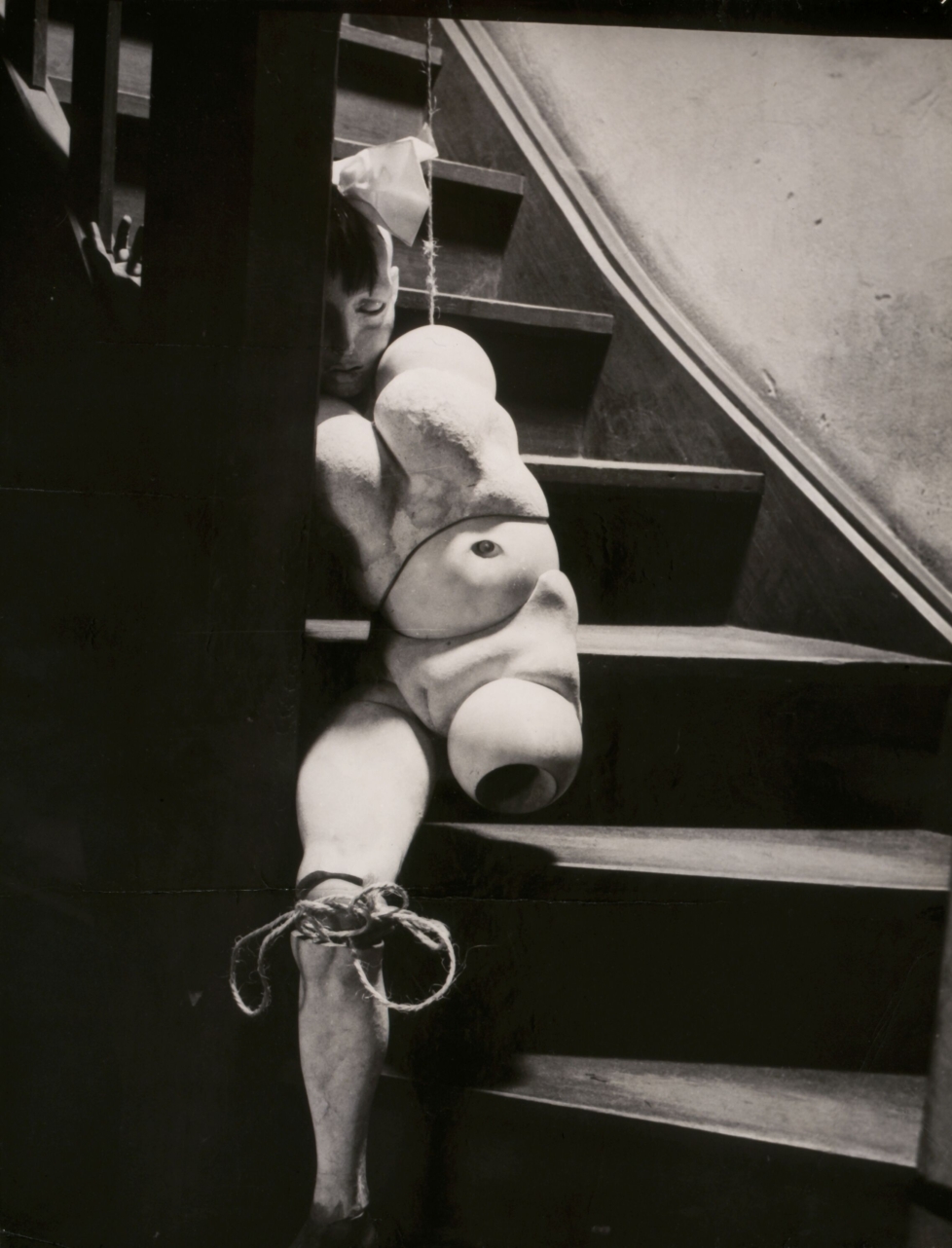
The Surrealists’ ideas of revolution were always ambivalent. They seemed to want, in principle, a world where experience and politics are separate, where desire takes centre stage and accommodation is dispensable. Freedom was the only thing worth fighting for. Our bestial tendencies must be lived out – at least as a fantasy. This makes Surrealism an unstable ally of present-day moral idealism. Naturally, the current interest in Surrealism in contemporary art is accompanied by rebuke. Wall texts in The Savage Eye point out how Surrealist desire frequently manifests itself as an obsessive objectification of women (such as in Hans Bellmer’s morbid photograms based on mannequins). This reasonable observation brings out the tension between an aristocratic concept of freedom, which casts fellow human beings and one’s surroundings as tools for one’s own enjoyment, and a progressive ideal which equates freedom with equality. The latter view understands freedom as a zero-sum game which is, in actual practice, secured through restricting freedom and focusing all efforts on raising the floor.
Among Surrealism’s most frequently referenced sources of inspiration and a kind of primordial scene for key aspects of the movement’s concept of art, is Comte de Lautréamont’s prose poem Les Chants de Maldoror (1868/69) (which includes the done-to-death quote about the chance encounter between a sewing machine and an umbrella on an operating table). Lautréamont (a pseudonym for Isidore Ducasse) integrates passages transcribed from other sources side by side with dramatic depictions of bestiality and sexual transgressions. Lautréamont’s import of the world outside of art blurs and dissolves the system that regulates the relationship between the artwork and its surroundings. He treats the law of art as flippantly as the law of morality. This amorality at the level of form rebels against a societal order that imposes boundaries on art. The transgressions in Maldoror have a parallel in the way industrial modernity dissolves any limit to the expansion of production, paving the way for a form of existence that transcends social and ecological considerations.
Surrealism is committed to two basic tropes. One is the abolition of the traditional boundary between the artwork and its surroundings, the restrictions that maintain art’s demarcation from the social reality in which it circulates and makes it financially manageable, that is, useful. (For obvious practical reasons, this abolition is usually only partially or symbolically manifested in the actual work.) The second concerns the fusion of desire and modern technology. In a sense, both can be said to lead man back to nature: the artwork is dissolved by rejecting commodification and relevance within the existing social order as a criterion for creativity; the human form is freed from tradition’s essential and static definitions through an alliance between desire and technology. However, with this naturalisation comes a caveat: the human being is no longer subject to the laws of nature. Rather, humankind returns to the dynamic field of natural forces with its source code in its pocket, as a manipulator.
The modern technological revolution manifests a will to power for the sake of power, an intensification of the means the will has at its disposal in its efforts to assert itself. In this sense, it represents an effective undermining of the kind of conservative rationality that upholds society – what Bataille calls goodness – which the Surrealists also wanted to do away with. Both Surrealists and modern technology unleash subversive forces that have traditionally been curbed by social institutions. One of the monster’s morphological tendencies is that of uninhibited growth. Present-day eco-moralism believes that it is no longer the untamed outside, but human society itself that is the monster. This way of thinking seeks to impose limits on the damage to nature caused by extraction and manipulation, putting humanity back in an enclosed world wherein it is confronted with the hitherto ignored consequences of this violence. Such a return may appear ethically and existentially pressing. Surrealism, however, does not propose to humbly restore the human animal’s accountability to its surroundings. Rather, it trains the human, through art, to invent the world that it inhabits.






